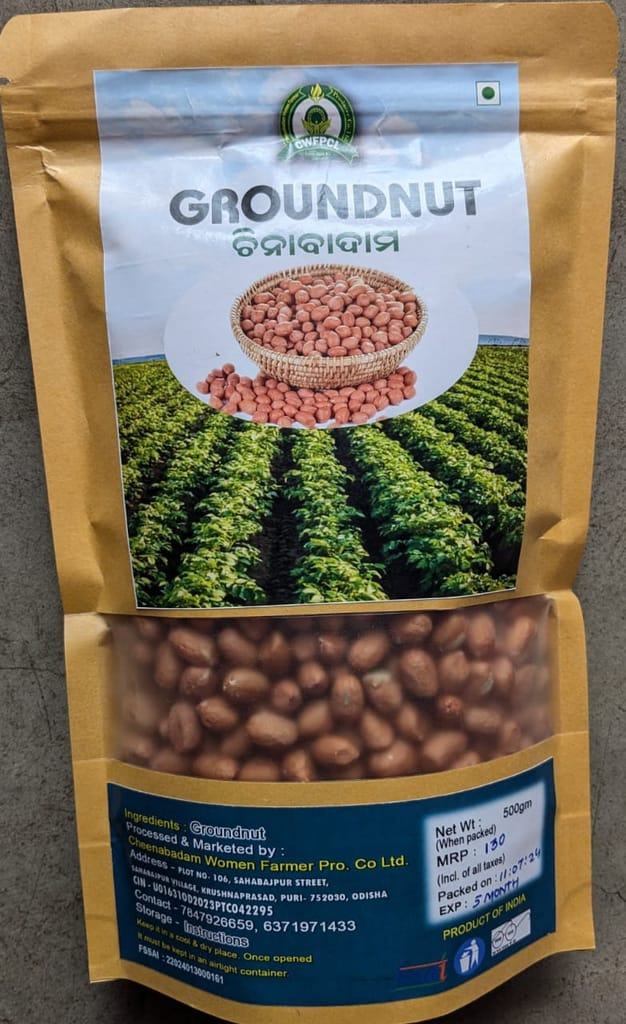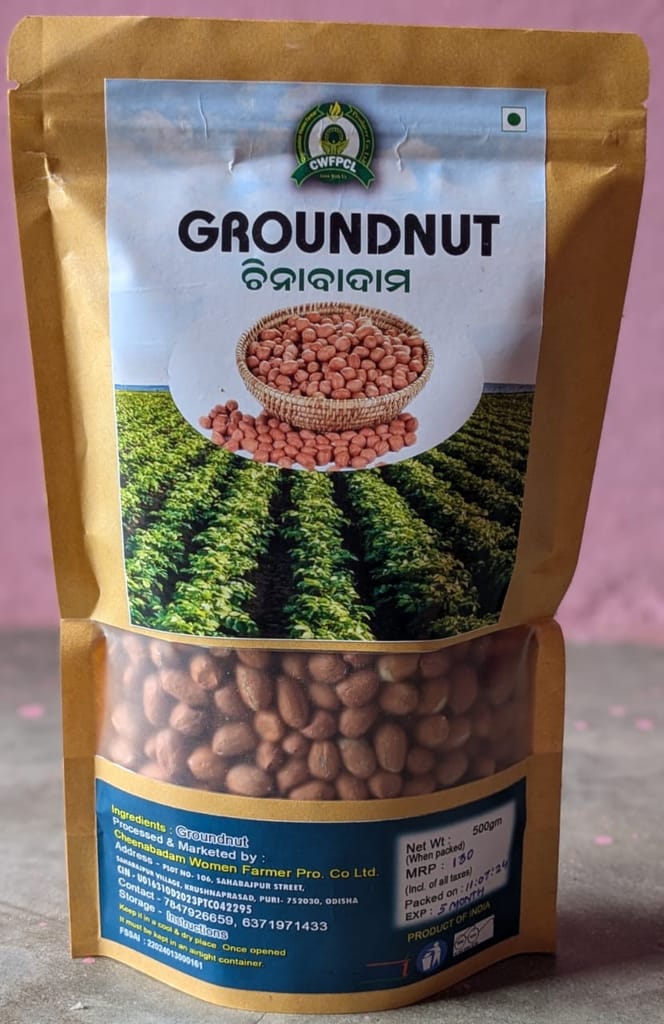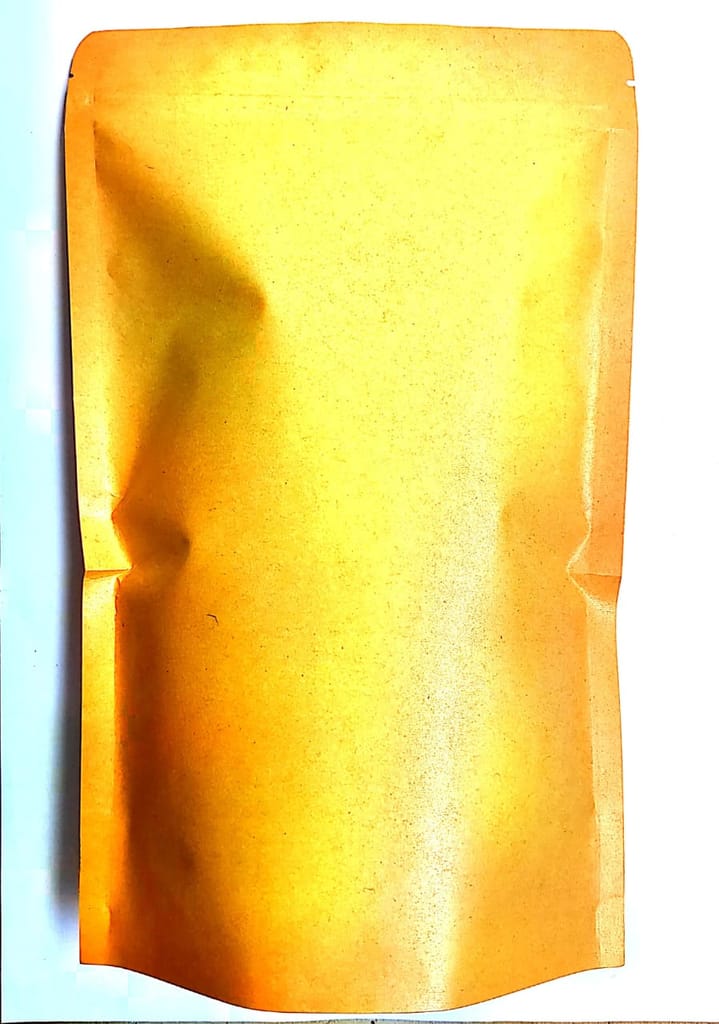


0 / 0
Groundnut
Groundnut, also known as peanut (Arachis hypogaea), is a legume crop grown mainly for its edible seeds. It is a significant source of oil, protein, and nutrients and is cultivated widely in tropical and subtropical regions. Here are some key details about groundnuts: Botanical Characteristics: Famil...
500 gram
• Out of Stock
₹100
₹130
23% OFF

Sold by: Cheenabadam Women Farmer Producer Company Limited
SAHABAJPUR
Product Details
| Additives Info | Groundnuts, or peanuts, can be processed and sold in various forms, and sometimes additives are used to enhance flavor, preserve freshness, or improve texture. Here's information on common additives and treatments for groundnuts: Common Additives in Groundnuts: Salt: Purpose: Enhances flavor. Commonly Found In: Salted peanuts, peanut butter, and roasted peanut snacks. Sugar: Purpose: Adds sweetness. Commonly Found In: Honey-roasted peanuts, sweetened peanut butter, and candy-coated peanuts. Oil: Purpose: Used for roasting and enhancing flavor. Commonly Found In: Roasted peanuts (especially in-oil roasted varieties). Preservatives: Purpose: Extends shelf life and prevents spoilage. Examples: BHT (Butylated Hydroxytoluene), BHA (Butylated Hydroxy anisole). Commonly Found In: Packaged peanuts, peanut butter. Flavorings: Purpose: Adds specific tastes like honey, barbecue, or spicy flavors. Examples: Natural and artificial flavors, spices. Commonly Found In: Flavored peanut snacks. Stabilizers: Purpose: Prevents oil separation in peanut butter. Examples: Hydrogenated vegetable oils. Commonly Found In: Commercial peanut butter. Emulsifiers: Purpose: Ensures consistent texture and prevents separation. Examples: Lecithin. Commonly Found In: Peanut butter and some processed peanut products. Processing Methods Affecting Additives: Roasting: Peanuts are often roasted to enhance flavor, which can involve dry roasting or oil roasting. Additives like salt and oil are commonly used in this process. Blanching: Removing the skin from peanuts involves treating them with heat, which might include using steam or water. No additives are typically introduced in this process. Flavor Coating: Peanuts can be coated with various flavorings and spices, which may involve adding multiple ingredients like salt, sugar, artificial flavors, and coloring agents. Grinding for Peanut Butter: The grinding process to make peanut butter often involves adding stabilizers, salt, and sometimes sugar or other sweeteners to achieve the desired taste and consistency. Label Reading: When buying processed peanut products, it’s essential to read the labels to understand the additives included. Labels will list all ingredients, including any added salt, sugar, preservatives, and flavorings. Look for products with fewer additives for a more natural choice. Considerations for Allergies and Dietary Restrictions: Allergens: Groundnuts are a common allergen. Individuals with peanut allergies should avoid all peanut products and be cautious about cross-contamination. Dietary Preferences: For those seeking organic or natural products, look for groundnuts and peanut products labeled as such, which often have fewer additives and preservatives. Understanding the additives and processing methods helps consumers make informed choices based on their dietary needs and preferences. |
